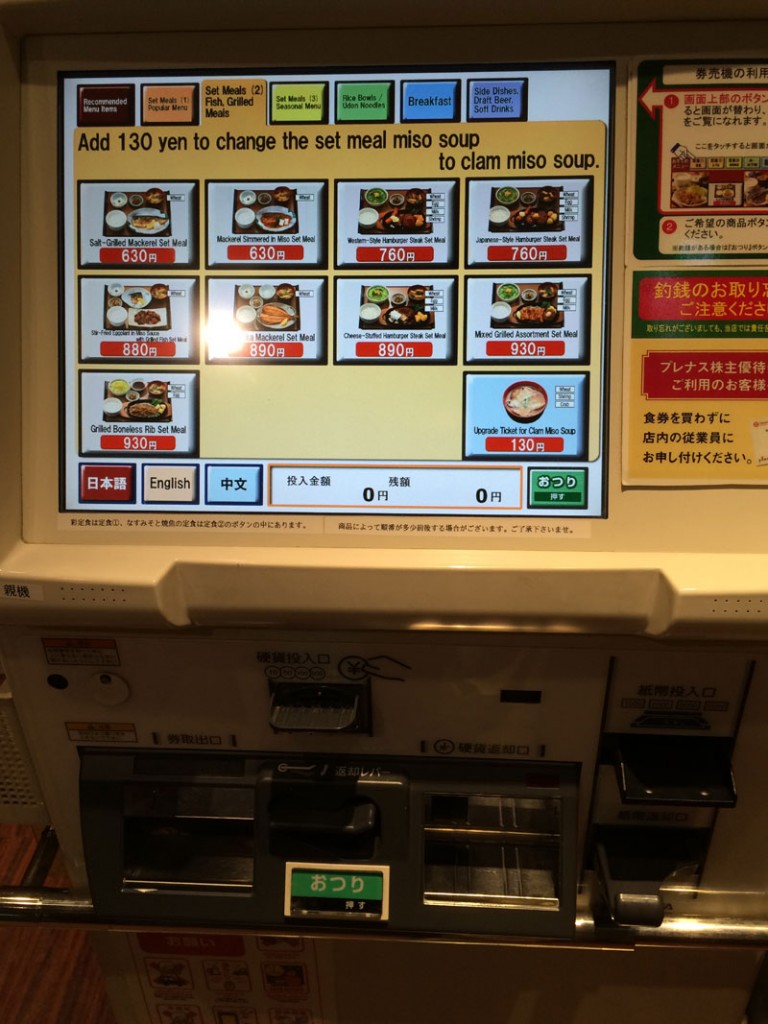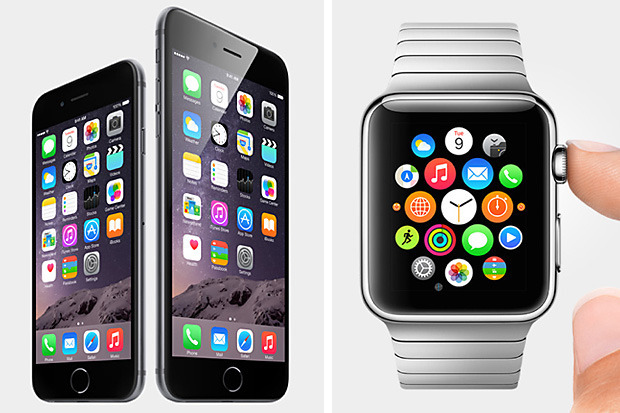With the advent of technology like smartphone, tablets, iWatch etc, information and entertainment is just a click away. The convenience of checking your email while waiting for the elevator, or locating the best eating place in the middle of an unfamiliar new city has greatly changed the way we go about our daily lives.
Businesses are also jumping on the bandwagon to adopt new technology to improve their operating efficiency. It’s not uncommon today to see retailers and restaurants using mobile tablets to process their orders. In Singapore, we see many F&B outlets installing tablets on every table for customers to do their own ordering. This is increasingly more common as the government encourages companies to increase their productivity so that they are less reliant on foreign workers. There are numerous assistance schemes such as the Productivity and Innovation Credit (PIC) to help Small and Medium Enterprises (SMEs) make these changes.
For many of these SMEs, especially the smaller ones, they may not be as technology savvy. As such, they have invested tens or even hundreds of thousands of dollars on consultancy and technology to increase their productivity. The initial investment may be subsidised through some government grants, but what happens when all the tablets on each of those restaurant tables starts to break down. Will they have the ability to continue to maintain these equipments or would these become a white elephant?
In my recent trip to Japan, I came across a restaurant in Osaka. It’s a reasonable sized eatery with about 60-80 seats serving a variety of Japanese food similar to what Watami or a Yayoi restaurant serves in Singapore.

What strikes me most was there were two ordering machine at the entrance. Yes, we have seen many of these small little eateries at many Japan stations serving 200 yen noodles. But this was a good sized eatery with quite a comprehensive menu. What we had to do was select the choices of meals on the machine that we wanted, make the payment, and the ordering receipt pops up. The waitress showed us to an empty table and took our receipt. Five to ten minutes later, the food came. Once we completed our meal, we just left without having to get any attention from the waitress to make payment since it had already been paid. Such simplicity with just two ordering machines, that does ordering and payment at the same time! There wasn’t a need to equip the entire restaurant with technology, and the need to queue up to make payment at the checkout counter.
Simplify our lives
Likewise in our daily lives and our business, we tend to be caught up with all the complexities, thinking that being complex is impressive and productive. A well known author and consultant, Edward de Bono said “Dealing with complexity is an inefficient and unnecessary waste of time, attention, and mental energy. There is never any justification for things being complex when they could be simple.” What’s important is to focus on the key objectives, see things from a clearer perspective and simplify as much as possible. End of the day, simplification will help you to be more cost effective!
What are your thoughts about simplifying your life?
Laurence Tan
Leadership Coach & Trainer



